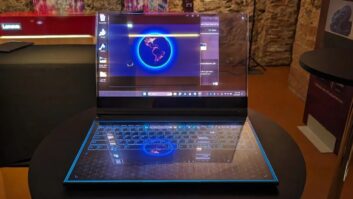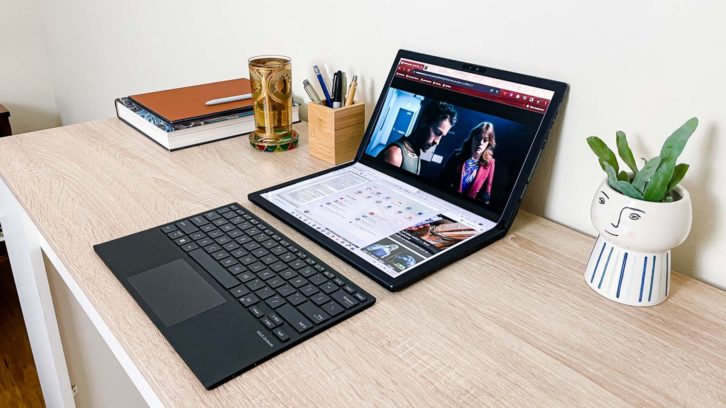
Foldable laptops — ones with foldable displays — have arrived, but it’s hard to know if they’re here to stay. As futuristic as it feels to fold a giant screen in half and toss it in your bag, high prices and technical issues threaten to undermine the future of foldable laptops before they become mainstream.
I’ve been excited about the potential of these devices ever since CES 2022 gave us a peek at our foldable laptop future. While they’ve been around since at least the 2020 debut of the Lenovo ThinkPad X1 Fold, it wasn’t until CES this year that I felt real enthusiasm about the potential of a folding laptop. That’s when I and many others got a first look at the Asus Zenbook 17 Fold OLED, a foldable laptop dominated by a striking OLED display.
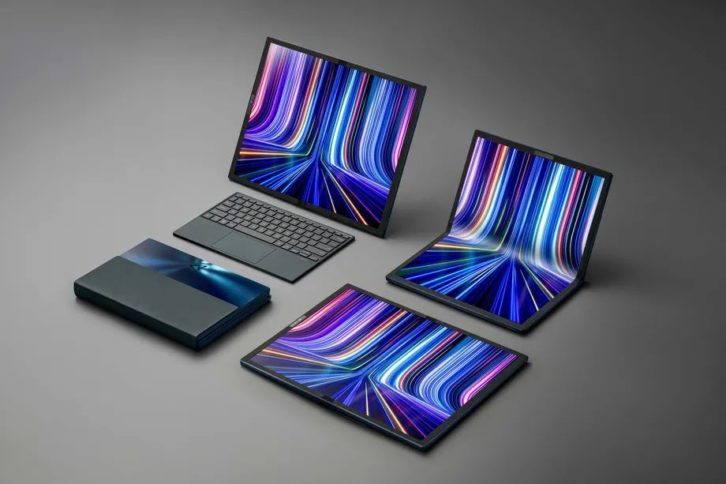
I’m a sucker for a nice OLED panel, and the promotional material for the Zenbook 17 Fold made a point of showcasing the many unique ways you can set it up thanks to the hinged 17.3-inch display. With good OLED panels still a relative rarity in the world of laptops (though that’s changing rapidly thanks to display tech advances), I couldn’t help but be excited about the possibility of having one on a device that can be held like a book, unfolded and propped up on a table like an easel or used on a desk like a traditional laptop.
It felt like a future I’d never dreamed of was suddenly here, and all that remained was for me to let go of my old, inflexible preconceptions about what a laptop should be.
But now that I’ve spent a few weeks using this system for my Zenbook 17 Fold review, I’m afraid the future isn’t quite ready for us. This foldable laptop works better than I expected, but it still has a number of flaws that keep me from recommending it alongside the best laptops on the market.
Some of these issues, like the connectivity problems I’ve seen with the included ErgoSense Bluetooth keyboard, Asus has promised to address by the time the laptop hits the market later this year. But some of its other problems can’t be addressed so easily, and I think it’s going to be a while before we see a foldable laptop that can really compete with less flexible laptops in terms of price and performance.

But if you’re willing to pay the price of being a foldable laptop early adopter ($3,499 for the Asus Zenbook 17 Fold OLED, $2,499 for the Lenovo ThinkPad X1 Fold 2022) you’ll enjoy some unique benefits that few other laptop owners (yet) have access to.
After using the Zenbook 17 Fold for both work and play, I’ve learned that while some of its configurations aren’t very practical, there’s at least one way in which it beats every other laptop I’ve ever tested. And if you’re someone who loves a good multi-monitor setup, I think you’re going to appreciate this trick.
Foldable laptops deliver comfy multi-monitor productivity on the go
Asus makes a point of advertising the Zenbook 17 Fold OLED with promotional material showcasing how you can set it up in 5+ different configurations. When folded, the 17.3-inch display can effectively become two smaller 12.5-inch displays, so you can plop the Bluetooth keyboard atop the lower half to use it like a 12-inch laptop, hold the display unfurled in your hands like a giant Windows tablet, or stand it up on a desk with the keyboard out front and use it like a traditional PC.
The Fold is fairly usable in all these configurations, though like even the best 2-in-1 laptops its weight is a little too heavy to make using it as a tablet comfortable for long periods.
But unlike any other laptops I’ve used, the Zenbook Fold is outstanding as a dual-screen PC. At home I prefer to work with at least two monitors at all times, since it helps me stay on top of the different projects I work on and generally feel more productive. But when I’m working from a laptop, I’m out of luck unless I want to plug into an external display (hope I’ve got an HDMI out or an adapter handy!) or lug around a portable monitor.
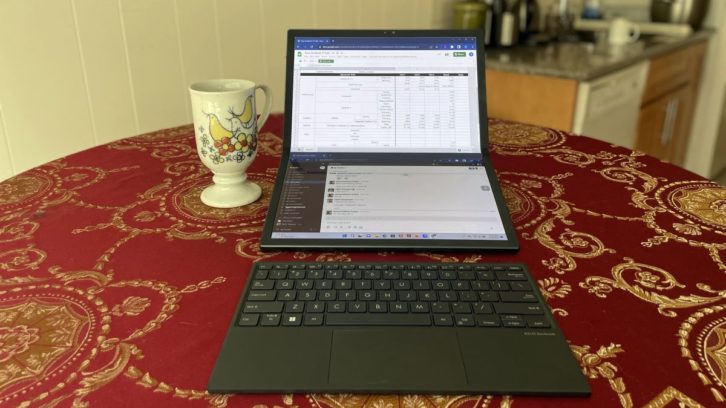
Not so when I’m using the Fold. What I love about Asus’ foldable is the way that I can unfold it and use it like a dual-screen laptop, one screen sat atop the other with the keyboard in my lap. While Windows 11 isn’t always smart about how it automatically moves and positions things on a folding display like this, Asus’ included ScreenXpert software makes positioning windows across both displays a simple drag-and-drop process.
Positioning the keyboard in my lap feels more comfortable and ergonomic than having it attached to the laptop, too, meaning I can work longer and in more comfort than on any other laptop I’ve tested. And with the screen folded to serve as two displays, I can get more done than I can on more traditional laptops.
While this is a little less luxurious than unfolding it wide and using the full 17.3-inch display, the loss of screen real estate is more than made up for by what feel like significant gains in productivity. It’s also a far better dual-screen laptop than something like the Asus Zenbook Duo 14, which tries to squeeze a smaller display next to the keyboard of the laptop.
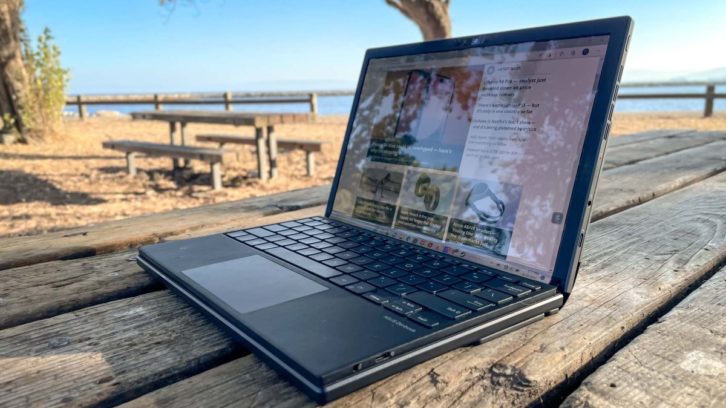
In my Asus Zenbook 17 Fold OLED review I touched on this a bit, but I wanted to go a little more in-depth here because I think this is a really understated but useful way in which you can use a foldable laptop. In fact, I’ve found it’s actually much more useful than some of the ways Asus advertises you use their OLED foldable. Don’t, for example, seriously consider holding this 3.3-pound metal computer up like a book for long periods unless you have wrists of steel.
I also don’t recommend using it as a tablet for more than light reading, because the weight of the Fold and the cumbersome way Windows 11 handles touch input make anything more complex than browsing websites a painful hassle without a keyboard.
But if you love the idea of having a dual-screen laptop that can be unfurled into a beautiful display or folded up and tossed in your bag, pay attention to what’s happening with foldables this year. The Asus Zenbook 17 Fold OLED is a remarkable device with decent performance and some surprisingly useful configurations.
Even if you’re put off by the high price and technical issues that still plague this cutting-edge foldable, the fact that it’s already so good suggests we should expect even better things from foldable laptops in the years to come.
About the Author
Alex Wawro is a lifelong tech and games enthusiast with more than a decade of experience covering both for outlets like Game Developer, Black Hat, and PC World magazine. He currently serves as a senior editor at Tom’s Guide covering all things computing, from laptops and desktops to keyboards and mice.
This article originally appeared on tomsguide.com
See also: How The MacBook Air Went From Laughing Stock To Apple’s Most Popular Laptop












